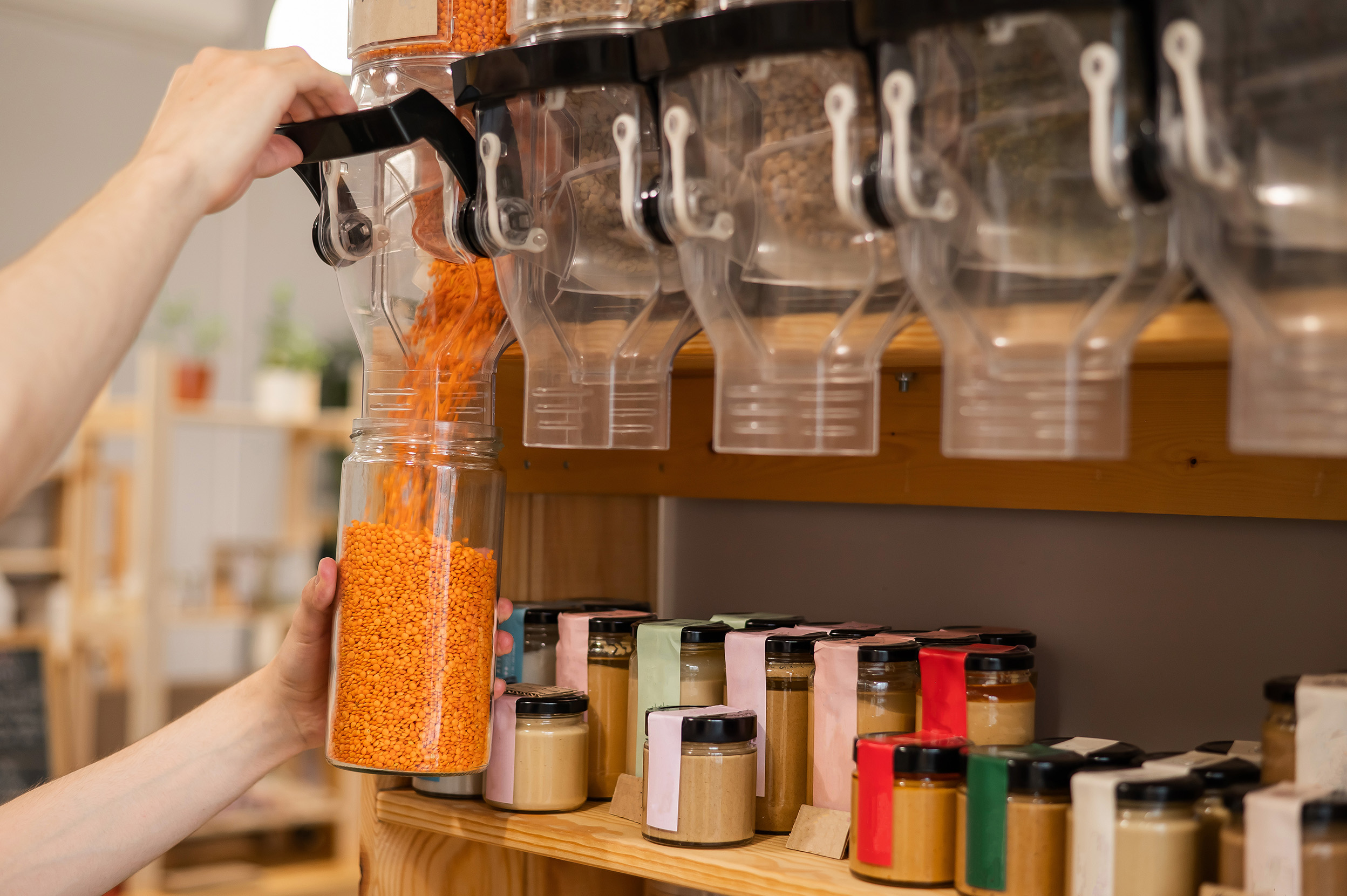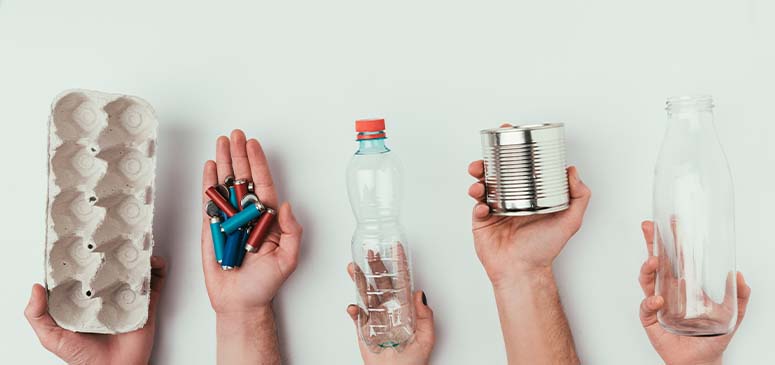Trash Reduction doesn’t need to be difficult. Here are 11 simple and easy steps that you can incorporate into your daily routines to help reduce pollution and keep it from entering our storm drains!
1. RECYCLE
Placing recyclable items in the proper bin will help keep debris off the highways and roadways, and out of our landfills.
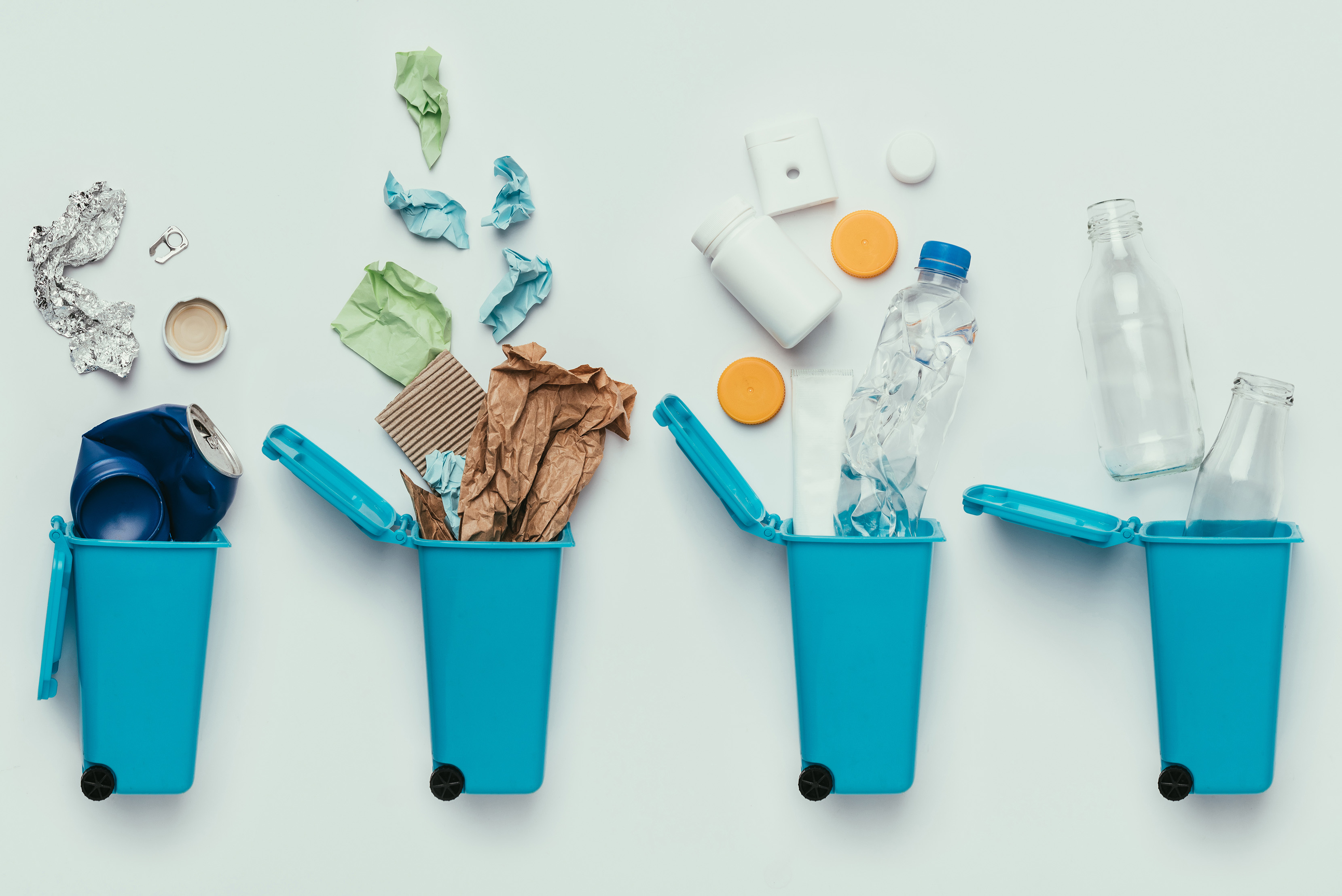
2. DON’T LITTER
Put trash in its place – the trash can or recycling bin. Keeping trash off the streets means it won’t end up in our storm drains or the ocean.
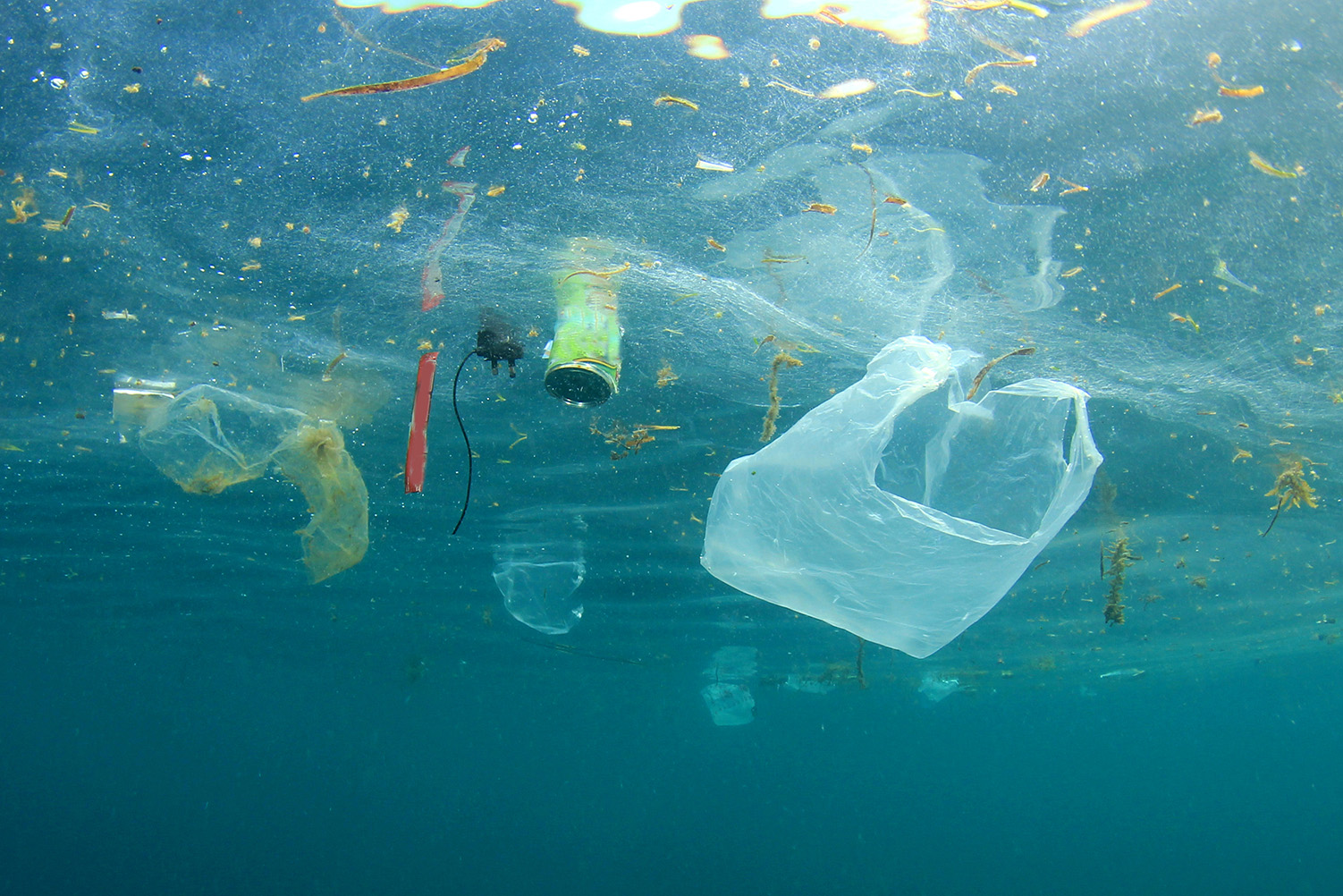
3. USE REUSABLE GROCERY BAGS
Make sure to use reusable bags on your next trip to the grocery store or market! This helps reduce the frequency of single-use plastic or paper bags being discarded in waterways and public areas.
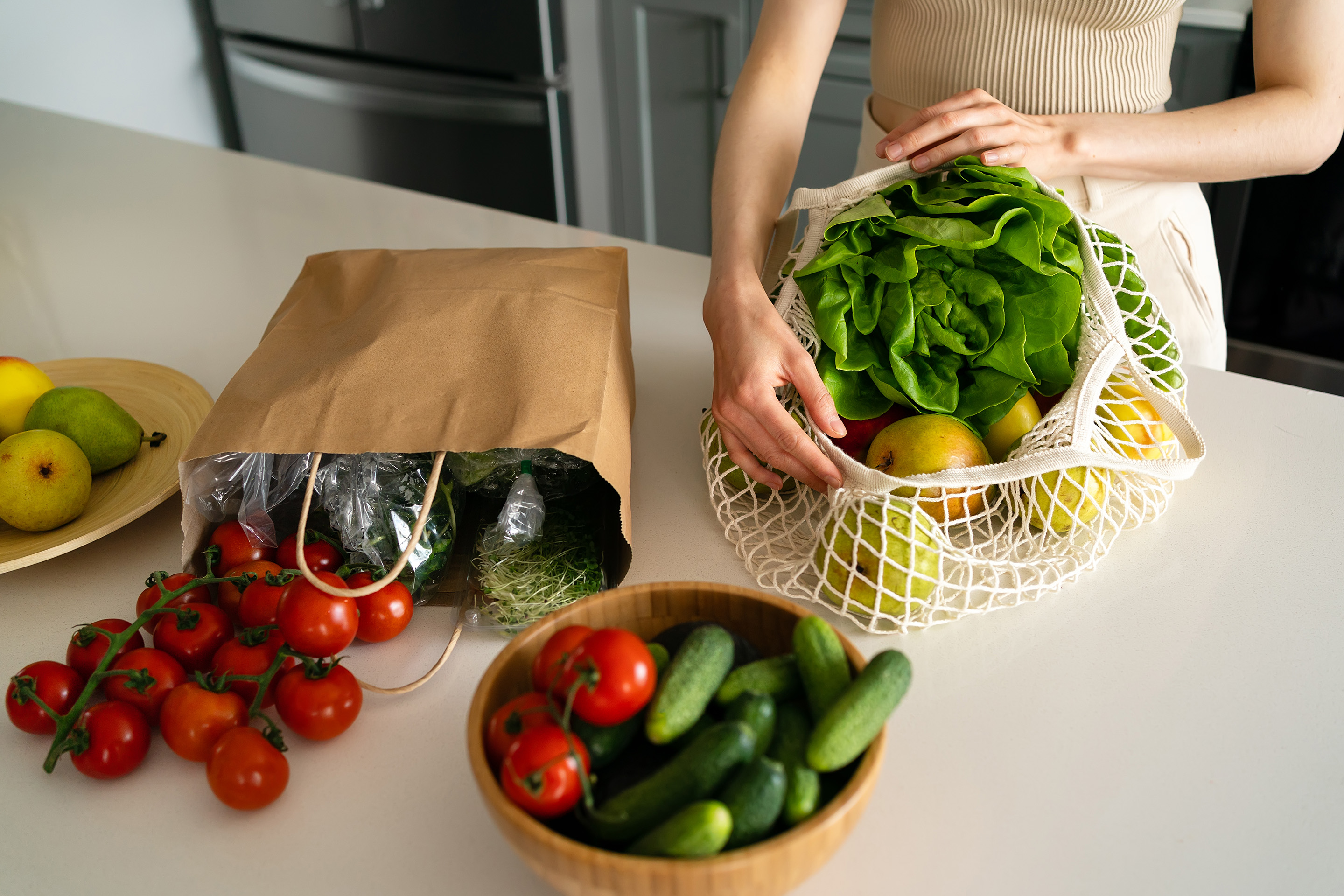
4. USE REFILLABLE WATER BOTTLES
Using reusable water bottles reduces the amount of trash created from discarded bottles and lessens the production cost to create the bottles themselves.
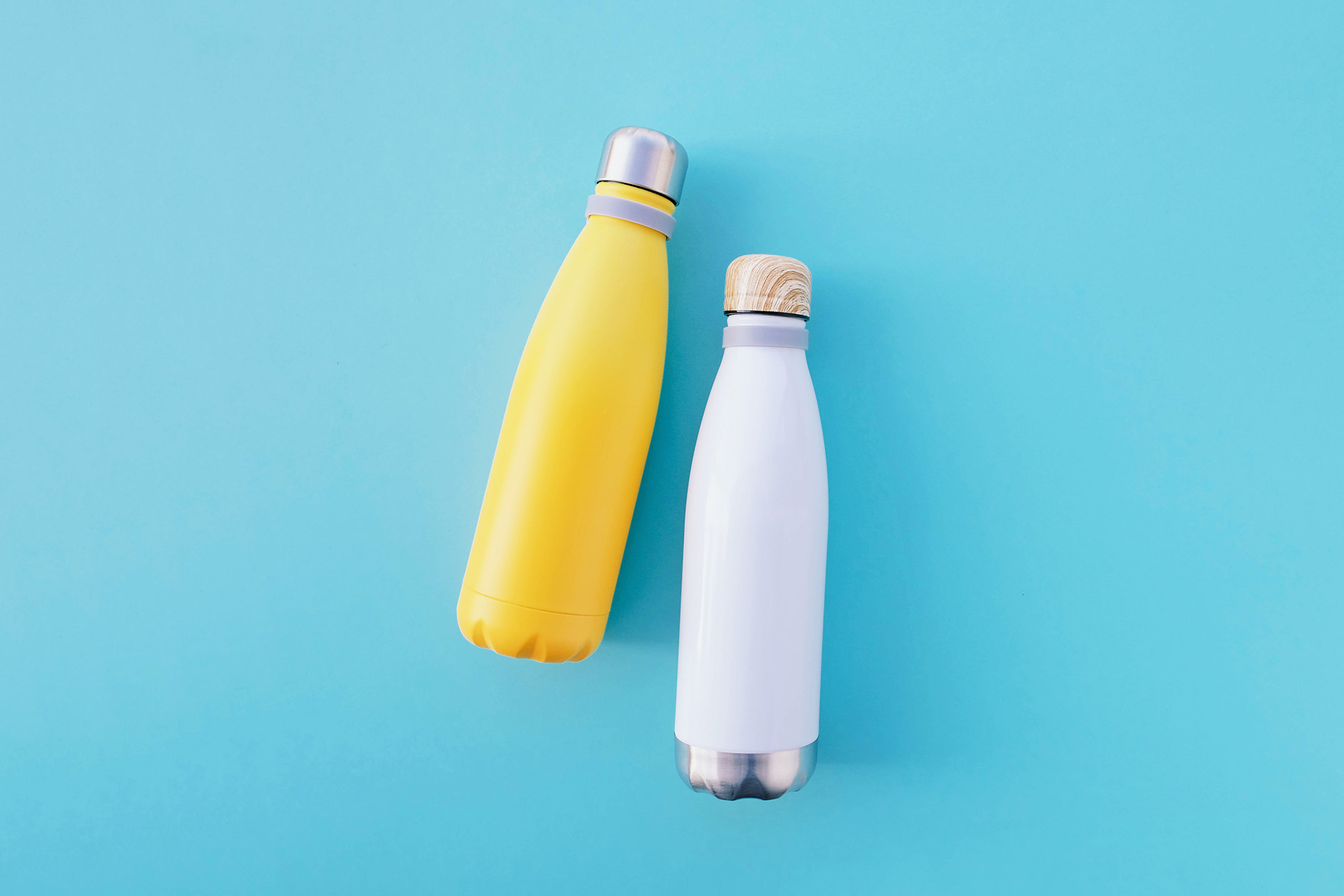
5. RECYCLE OLD CLOTHES AT YOUR LOCAL THRIFT STORE
By recycling used or unwanted clothing, you are reducing the amount of natural resources needed to create new garments. The majority of clothing that can be recycled or re-worn ends up in the trash as part of the fast fashion industry. Learn more about the environmental cost of fast fashion and why donating can be helpful here: Avoiding Fast Fashion.
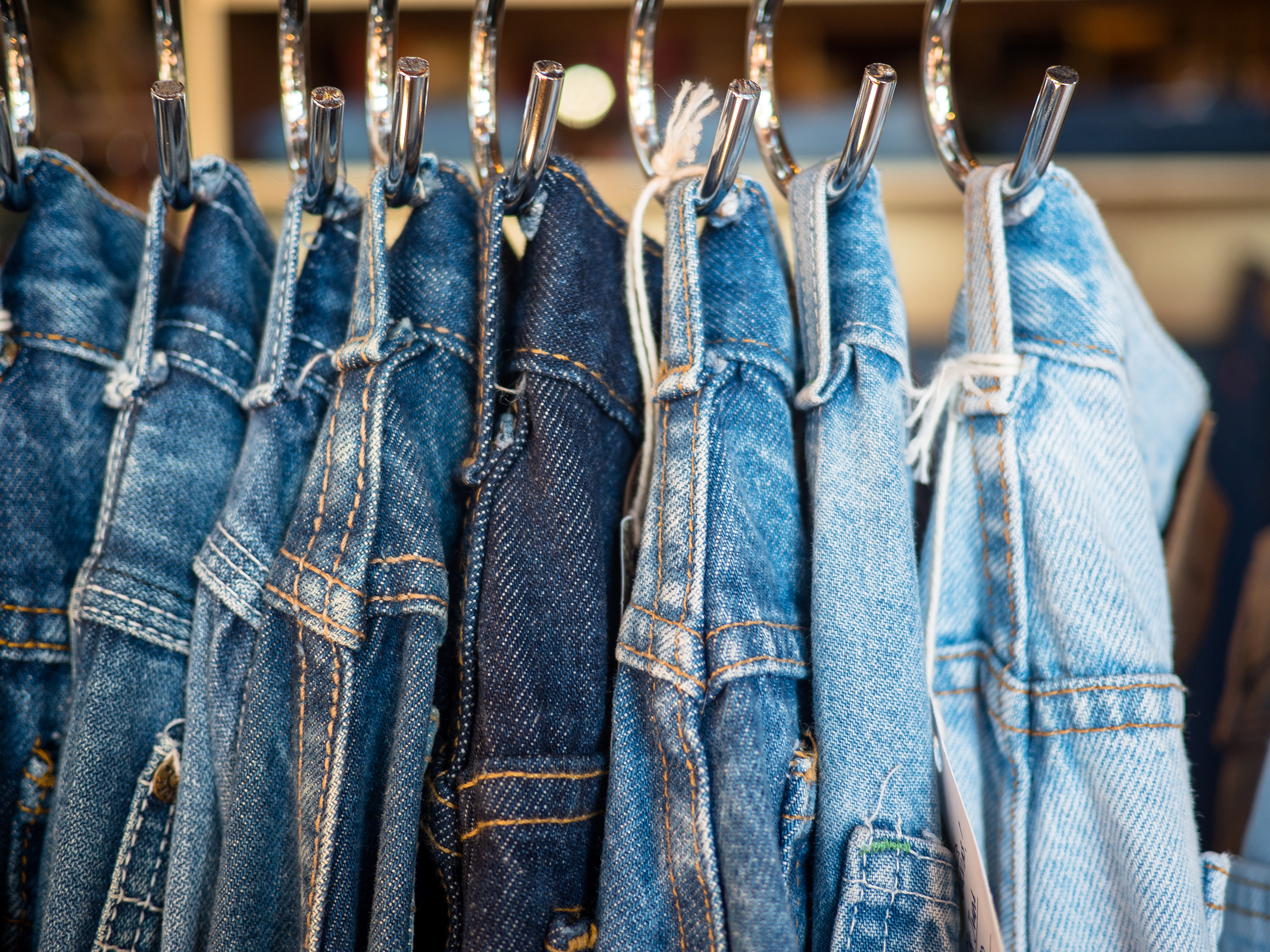
6. ADOPT-A-HIGHWAY
Volunteer for the Department of Transportation Adopt-a-Highway program to pick up litter along our highways. It’s a way for environmentally conscious companies and groups to help keep trash off the roadways and litter out of our storm drains.
Learn More About Adopt-A-Highway
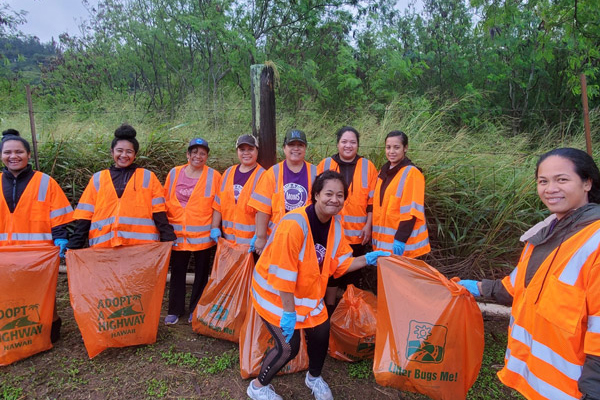
Adopt-A-Highway Group: Mile a Day Moms Pohnpei
7. MAKE A MEAL PLAN
One of the top causes of food waste is inefficient grocery shopping. By making a meal plan and only buying groceries that you know you will eat, you’ll take a big step towards decreasing the amount of food waste you produce.
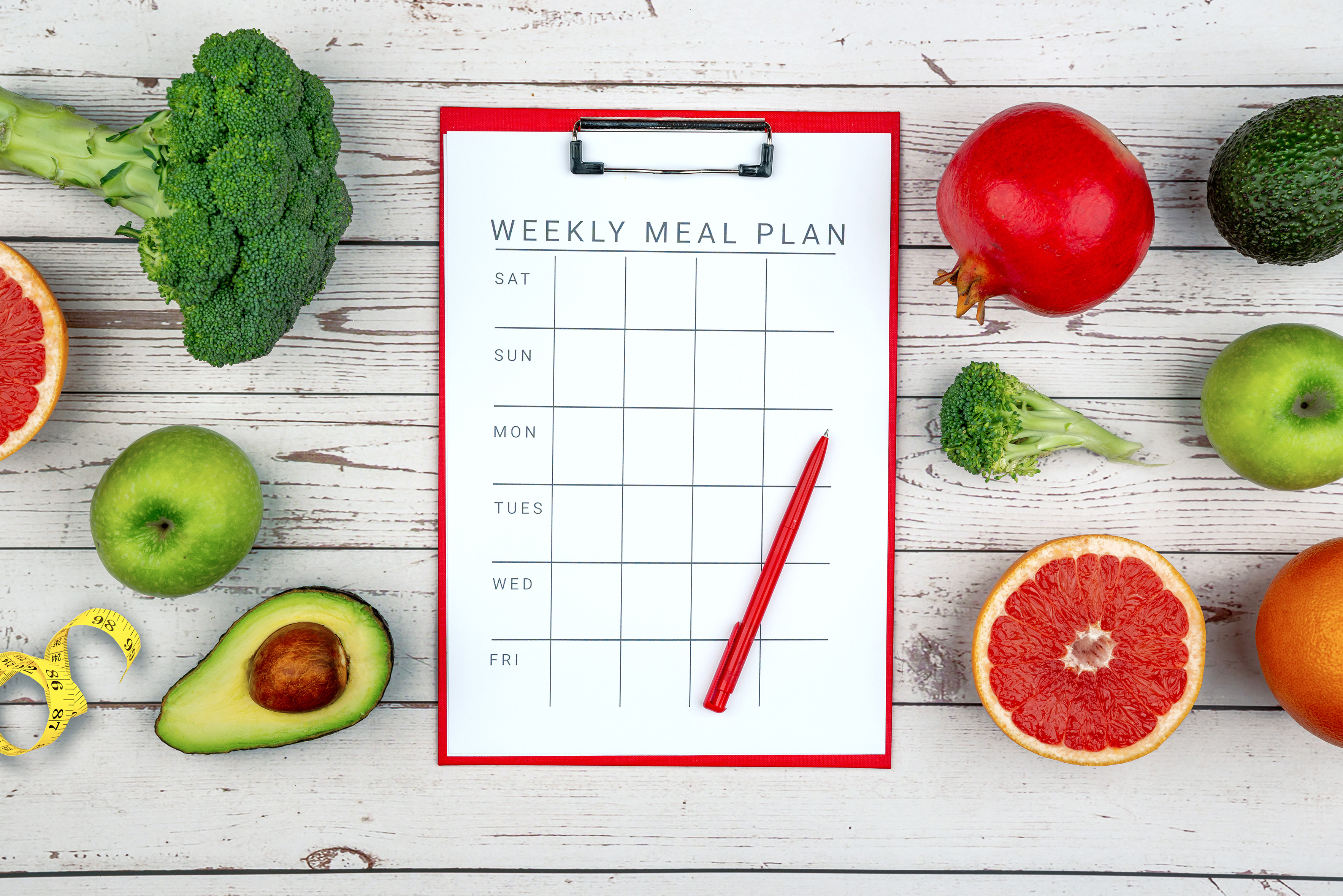
8. RELY ON REUSABLE CONTAINERS
Store food properly in airtight, reusable containers. Not only does it eliminate those single use plastics, but also keeps those food items fresher longer, eliminating some waste. If you bring home takeout in a reusable container, wash them out and reuse them to store your own leftovers!
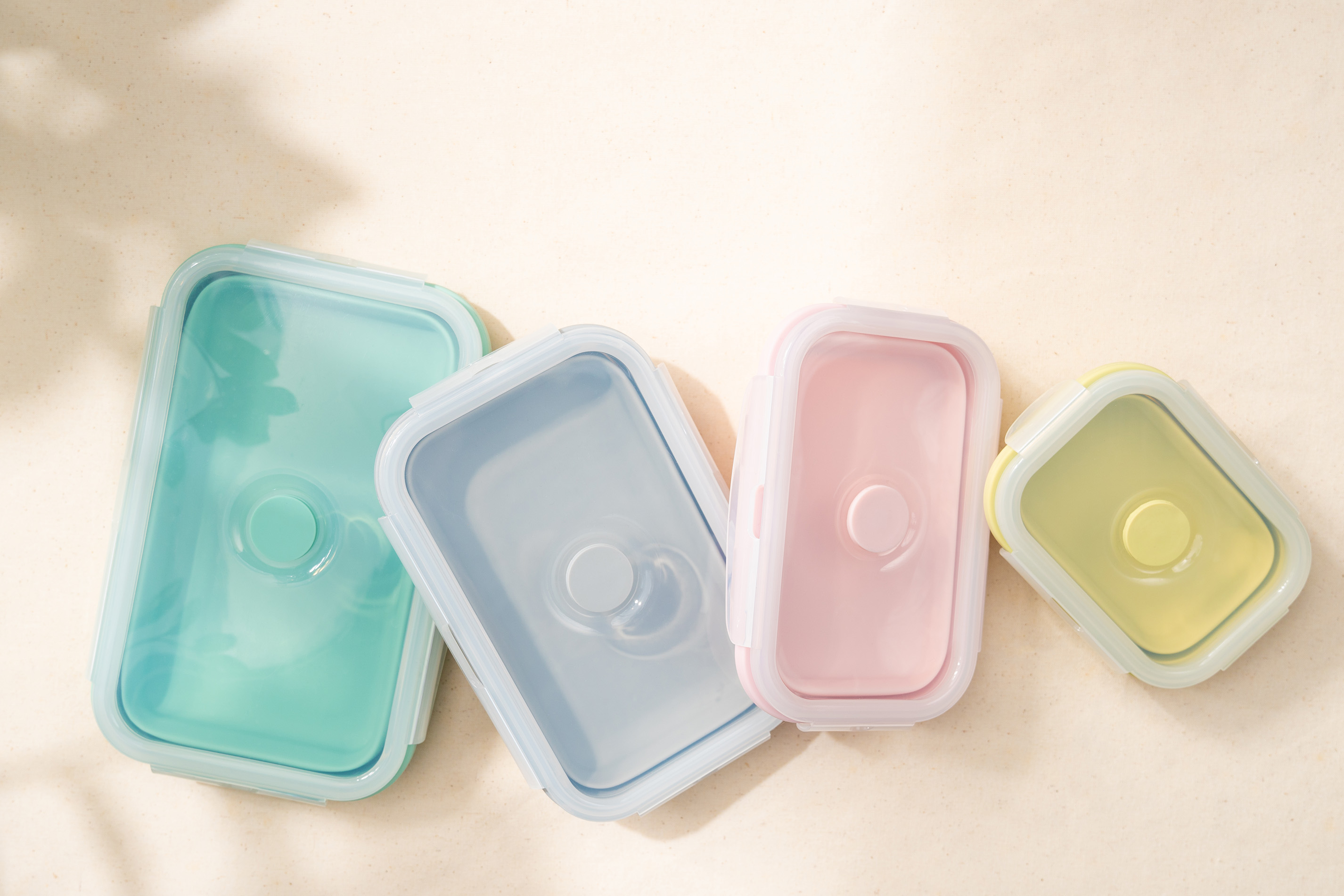
9. REPAIR VS. DISCARD
When an item around the house is broken, look to see if it can be repaired before throwing it away and ordering a new one. By buying a few quality items and fixing them when necessary, you can reduce your negative footprint.
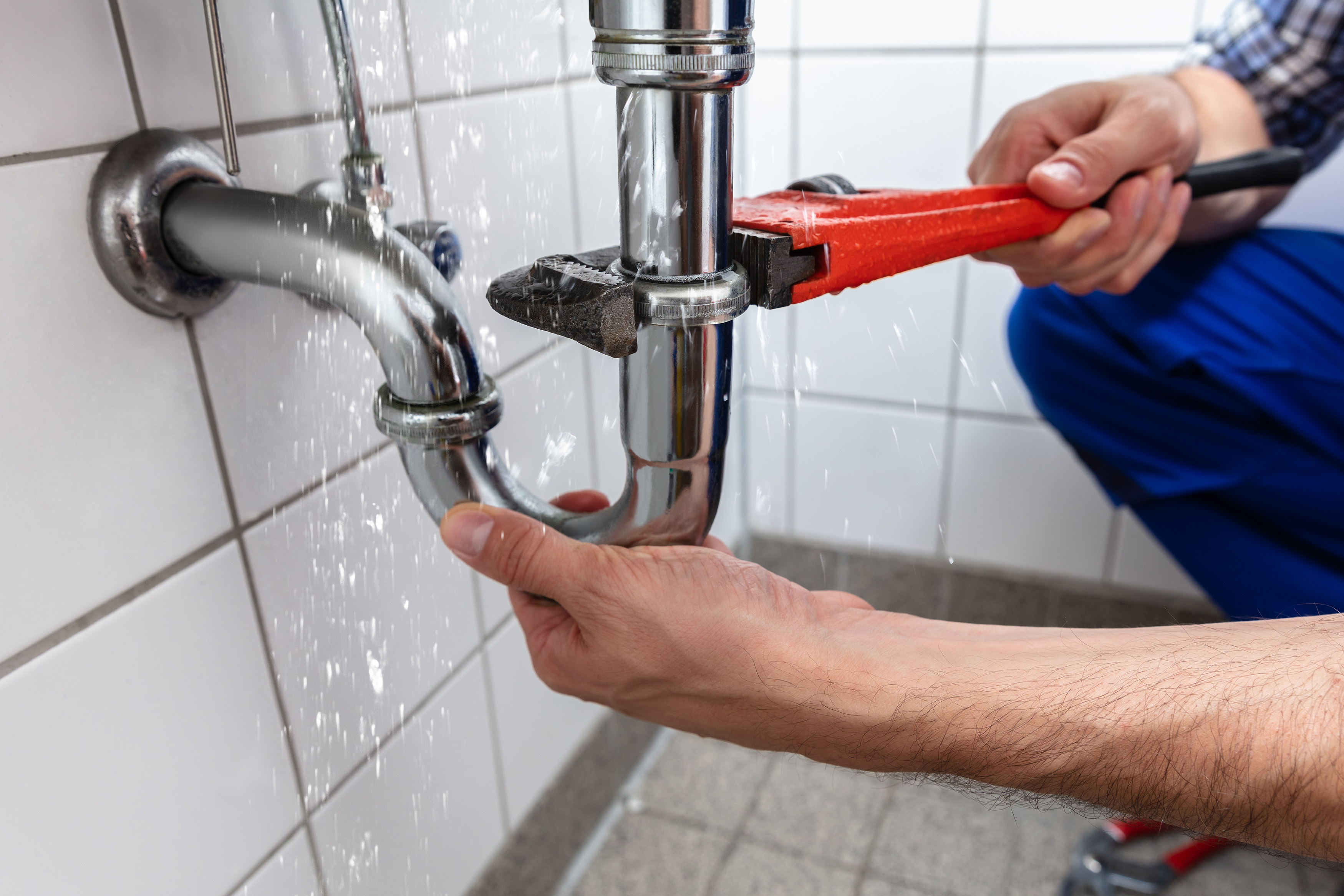
10. OPT FOR COMPOSTING
Set up a countertop compost bin for items like fruit and vegetable parts, coffee grounds, unbleached paper, tea bags and much more! You will both lessen the amount of waste you produce and avoid using harmful chemical fertilizers for your gardening. Read up on organic fertilizers, including homemade compost, here: 5 Organic Fertilizers to Make at Home.
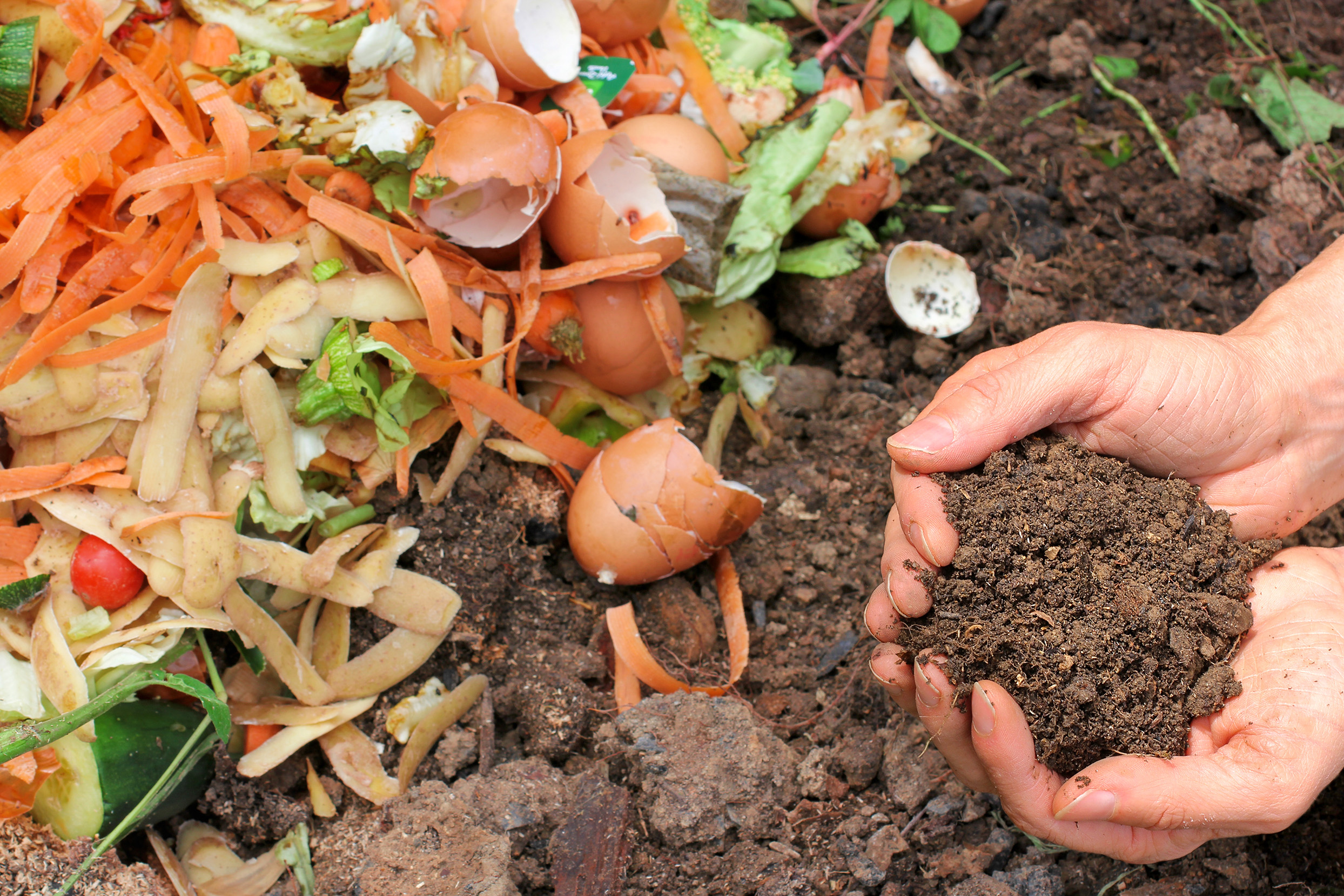
11. BUY IN BULK
Instead of buying single servings of your favorite pantry items, choose the largest quantity and divide it into smaller reusable containers. Not only does this limit the amount of single serve packaging that gets discarded, it also saves you money in the long run. Some stores have bulk bins available for you to use your own containers from home!
